SUMMARY
This is AI generated summarization, which may have errors. For context, always refer to the full article.
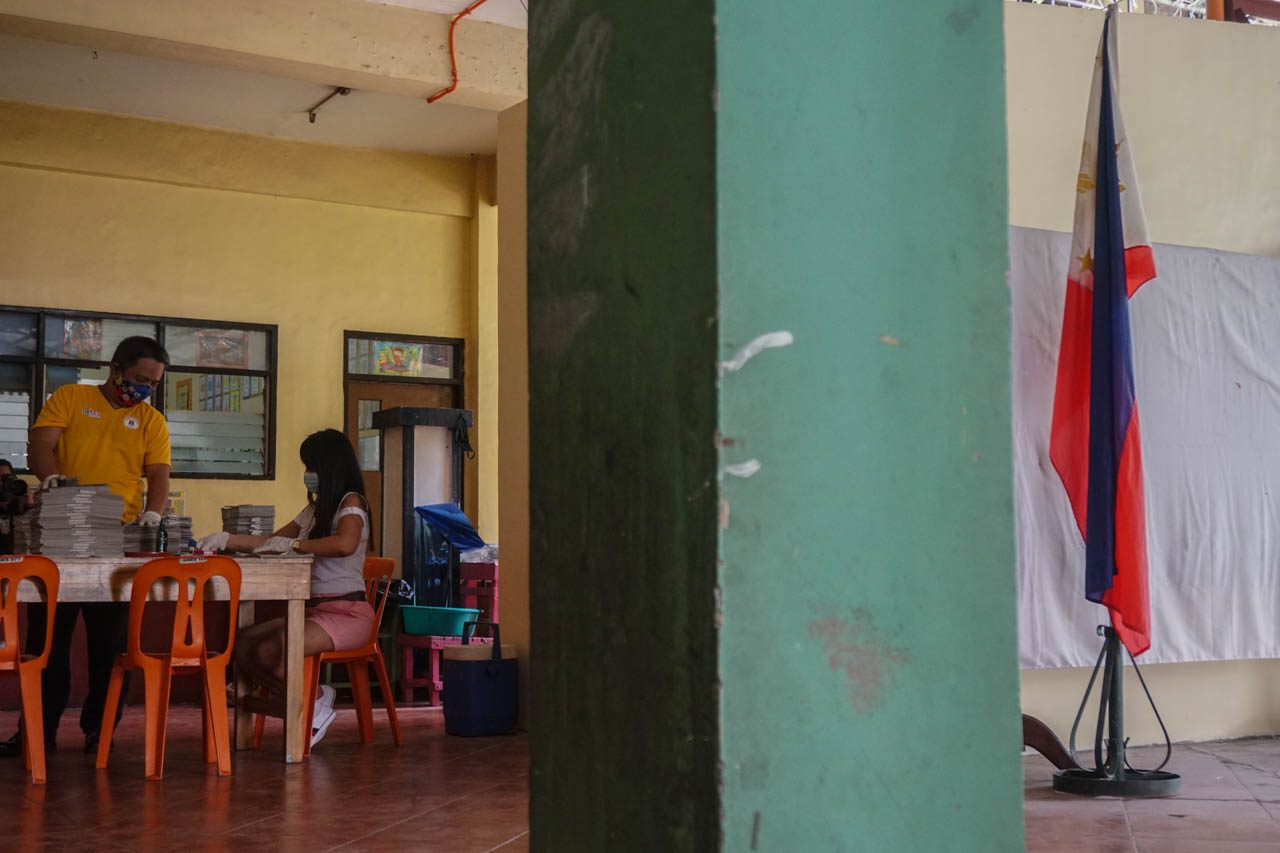
At least 2.3 million children have not enrolled for the current school year as the education system migrates to distanced modes of learning, Senator Sherwin Gatchalian said on Wednesday, September 16.
The figure Gatchalian cited was the difference between enrollments recorded by the Department of Education (DepEd) during school year 2019-2020, and enrollments for the current school year – a 9% decline.
“For now, we consider these 2.3 million as dropouts…. What we don’t want to happen is to have a permanent dislocation of children, and instead of studying, they would permanently just go to work,” said Gatchalian, who heads the Senate committee on basic education, arts, and culture.
The committee on Tuesday held a hearing on the status of preparations for the opening of public school classes on October 5. Because of the COVID-19 pandemic, physical classes were ruled out, and instruction would have to be shifted to distanced modes primarily using printed modules and televised lectures.
Gatchalian said the 2.3 million students “missing” from the roster were presumably from private schools. Figures presented by DepEd showed 22.3 million students have enrolled in public schools – 98.89% of last year’s enrollments. Meanwhile, only a little over 2 million students have enrolled in private schools, covering only 48.37% of last year’s number.
Based on figures DepEd presented during the hearing, the difference in the total enrollment in public and private schools, and in state and local universities and colleges between this school year and the previous one is 3.3 million – even higher than the number Gatchalian noted.
Joseph Noel Estrada, managing director of the Coordinating Council of Private Educational Associations (COCOPEA), affirmed that only 2 million out of a former 4.3 million students have so far enrolled in private schools.
The pandemic has caused financial problems for many families, and it may have forced them to transfer their children from private schools to public ones, where tuition is free. Still, 2.3 million former students are no longer signed up for school – public or private.
Despite government efforts to push the Alternative Learning System and alternative delivery modes of learning materials, some parents still opted to let their children wait out the school year, said DepEd Undersecretary Jesus Mateo.
“It’s really the decision of the parents,” Mateo added.
Gatchalian urged the DepEd to “proactively locate” the students who’ve dropped out, and encourage their parents to still enroll them in school despite the difficulties of distanced learning, especially for the poor who may not have gadgets or even TV sets at home.
Public schools should also do “rolling enrollment,” or allow students to enroll late. Mateo said the DepEd’s policy is a student must attend at least 80% of the school calendar to make the roll.
“We have to address that 2.3 million missing students,” Gatchalian said.
BARMM: 30% decline in enrollments
Senator Nancy Binay meanwhile expressed alarm over a 30% decline in enrollments in the Bangsamoro Autonomous Region in Muslim Mindanao (BARMM), which included the still war-torn Marawi City.
Binay noted that unlike in Metro Manila, COVID-19 cases were not as prevalent in the BARMM. What caused the drop in its school enrollments?
DepEd Undersecretary Nepomuceno Malaluan said the agency will look into “gaps” in the region that would require “specialized interventions.” He admitted that the BARMM has longstanding problems, being the country’s poorest region. However, it was receiving much help from development groups, Malaluan added.
Gatchalian urged the DepEd to address these problems in the BARMM, as the decline in schooling “will create intergenerational problems or intergenerational poverty.”
The DepEd is under pressure to produce hundreds of audiovisual lectures to be aired in several TV stations to complement the printed modules students will use for self-learning at home.
The agency’s officials told the Senate panel that the full complement of televised lectures will not all be ready by October 5, but will be introduced within the school year as they become available.
Lectures already filmed and approved for use will be part of learning schedules that teachers will put together for their students.
DepEd: We’re ready
The school opening was originally set for August 24, but the DepEd, with President Rodrigo Duterte’s approval, decided to postpone it because of logistical issues owing to community quarantine measures.
Malaluan told the panel that postponing the school opening beyond October 5 would be counterproductive. Gatchalian agreed, but asked him if the school system is ready.
Issues will surely come up along the way, Malaluan replied, but those will just have to be resolved as they go.
“So it’s a long answer – we’re ready for October 5,” he said. – Rappler.com
Add a comment
How does this make you feel?
![[The Slingshot] Red zipper on the mouth of Sara Duterte](https://www.rappler.com/tachyon/2024/04/TL-red-zipper-sara-duterte-april-12-2024.jpg?resize=257%2C257&crop=335px%2C0px%2C720px%2C720px)
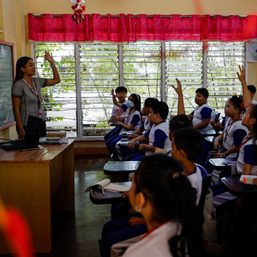
![[OPINION] How about setting up a heat health warning system in PH schools?](https://www.rappler.com/tachyon/2024/04/heat-health-warning-system-in-PH-schools.jpg?resize=257%2C257&crop_strategy=attention)

![[ANALYSIS] The multiplier effect of negligence in education](https://www.rappler.com/tachyon/2024/04/The-multiplier-effect-of-negligence-in-education.jpg?resize=257%2C257&crop=277px%2C0px%2C720px%2C720px)

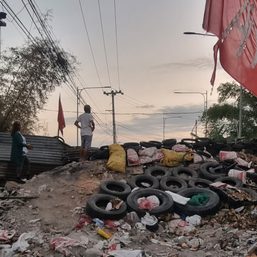
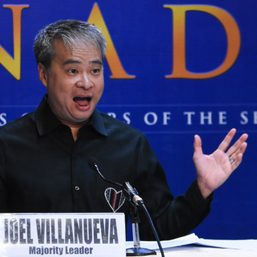
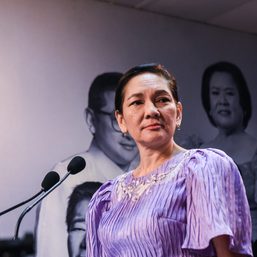
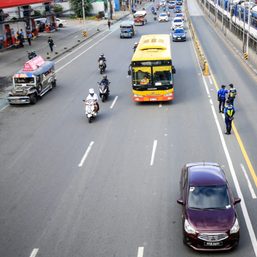
There are no comments yet. Add your comment to start the conversation.